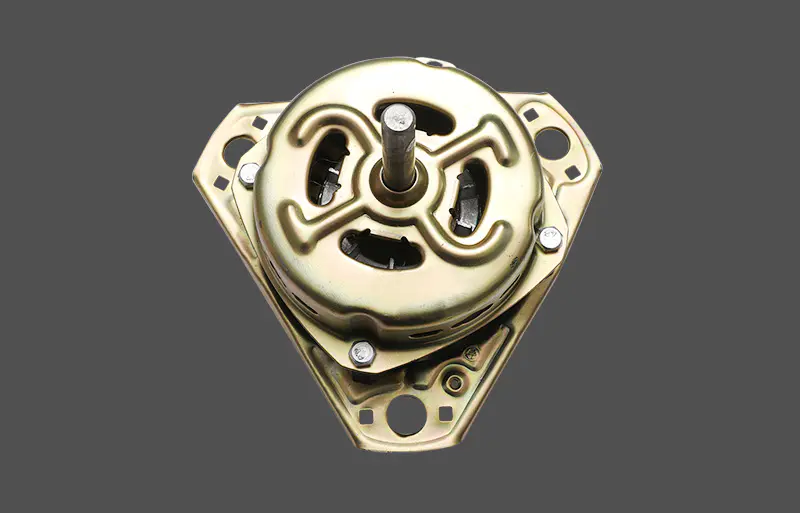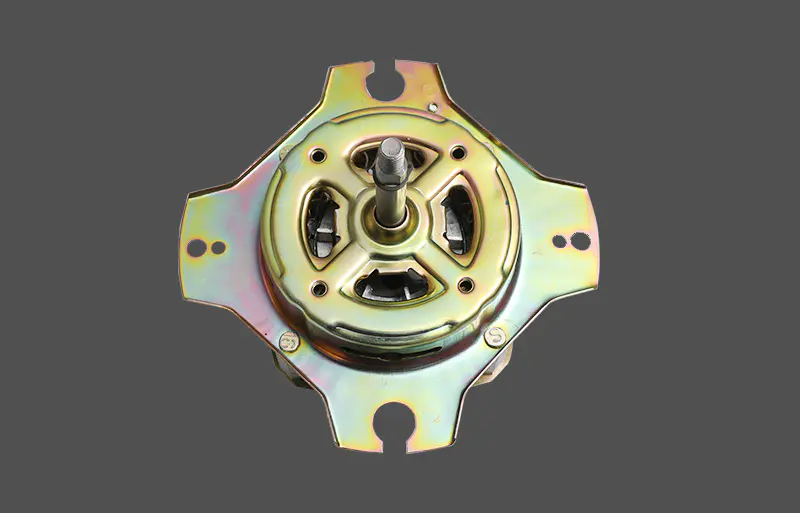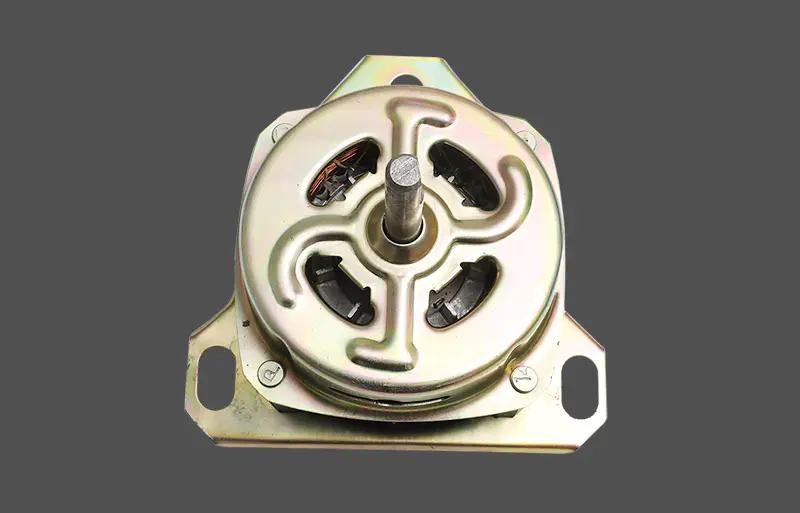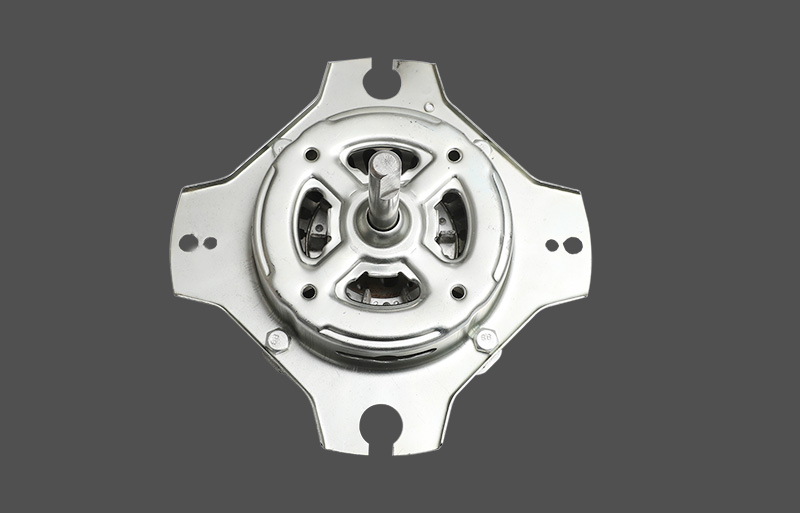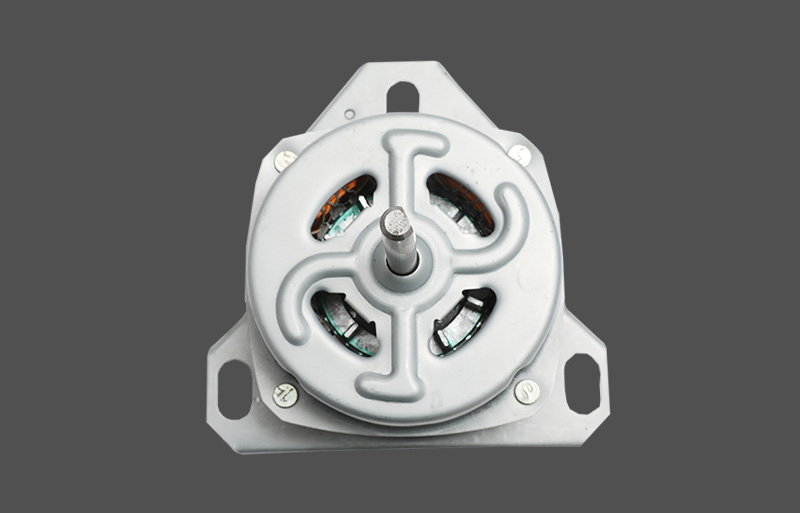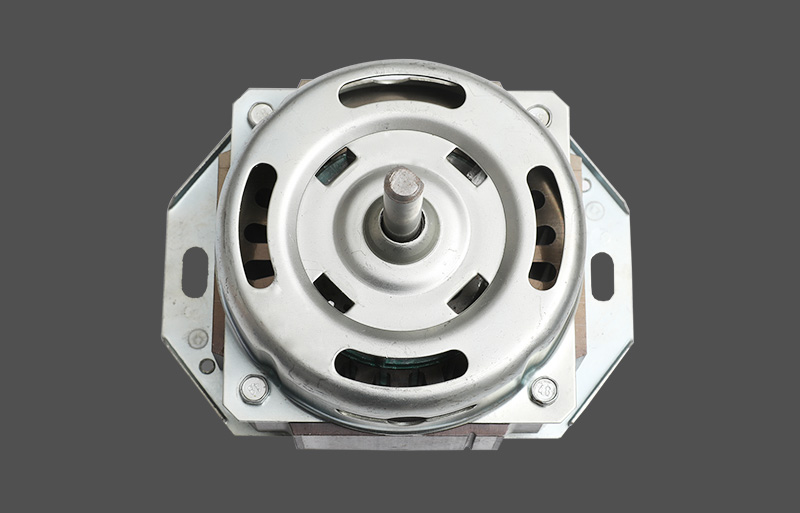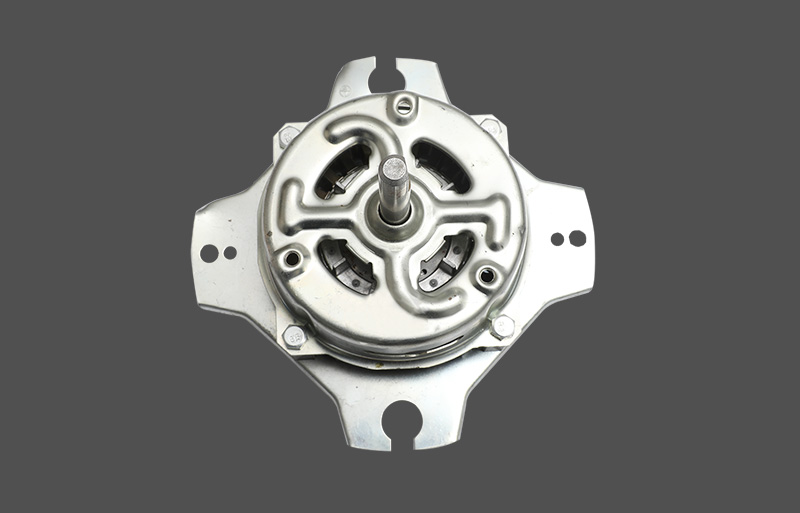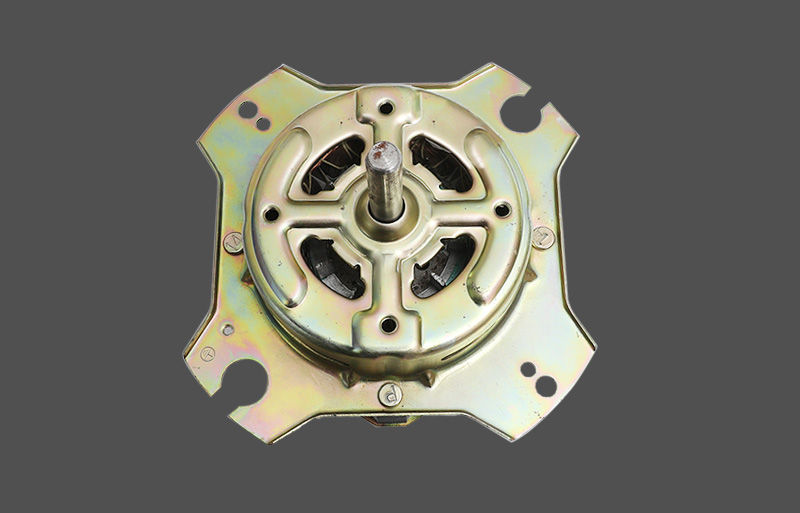In modern industrial applications, the heat dissipation performance of the motor is one of the important indicators for evaluating its overall performance. Ventilator Motor has made in-depth optimization in structural design, especially in the construction of the heat dissipation system, using advanced heat sink design and efficient air duct layout. This innovative design ensures that the motor can still maintain excellent heat dissipation effect under long-term high-load operation. By optimizing the heat dissipation performance, not only the service life of the motor is significantly extended, but also its operating efficiency is effectively improved, meeting the high requirements of motor performance in different industries.
In terms of material selection, Ventilator Motor uses high-quality materials with high thermal conductivity and good corrosion resistance to further enhance the heat dissipation capacity and overall durability of the motor. The application of this material not only improves the heat dissipation performance of the motor, but also provides a guarantee for its stable operation in harsh environments, ensuring the reliability of the motor in complex application scenarios.
The bearing and seal design of the motor are also a highlight of Ventilator Motor. As the core component of the motor, the performance of the bearing directly affects the operating stability and life of the motor. In the design of Ventilator Motor, high-quality bearings are selected, and they are precisely assembled and adjusted to ensure that the motor can remain stable when rotating at high speed, significantly reducing vibration and noise. This sophisticated design concept not only improves the performance of the motor, but also provides users with a more comfortable experience.
The optimization of the sealing structure cannot be ignored. Ventilator Motor uses advanced sealing materials and technologies to effectively prevent dust, moisture and other impurities from entering the motor, ensuring the cleanliness of the motor and the reliability of its operation. Through this design, the motor can work stably in various environments and meet high-standard industrial application requirements.




